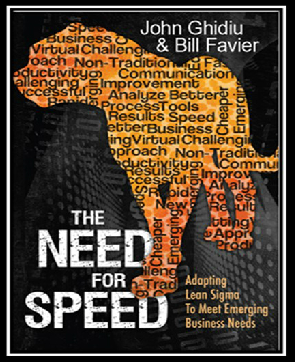We wrote
The Need for Speed to adapt Lean Sigma approaches to meet the changing business needs found in today’s environment. While Lean and Six Sigma have been embraced by industry for well over 30 years, and some of the emphasis on the application of Lean Sigma has changed over this time period, there has not been a widespread modification in these methodologies and supporting tools. However, the business models, technology and the workforce have changed dramatically. In the mid-eighties, business to business computer systems and online learning were unheard of, and desktop computers were only beginning to be perceived as serious business tools. Google, YouTube and social media were yet to be born.
Today, baby boomers are turning 65 at the rate of 10,000 each day, and most are exiting the workforce, being replaced by millennials, born between the mid-1970s and early 1990s. Millennials have now surpassed Generation X to become the largest generation in the American workforce. One in three American workers is between the ages of 18-34.
While the boomer generation learned primarily through books and classroom experience, the new workforce is digitally literate, and prefers rapid, self-directed and just-in-time learning. Millennials favor collaboration and experiential learning, and they excel at exchanging information through social media networks. They tend to have fresh outlooks on projects, ideas and how to achieve results. Their search for knowledge starts with Google, Wikipedia and YouTube, not the corporate training schedule.
We have worked very hard to be on the forefront of the changes necessary to drive success in this dynamically changing environment, and have received a growing number of inquiries about our methods and tools and how they can be applied. While many books address traditional Lean and Six Sigma topics, we truly believe that our adaptations are unique and will add to the existing body of knowledge in this field. We believe even seasoned practitioners will find new tools and approaches to process improvement. To achieve measurable, bottom line results, improvement programs must operate faster, better and cheaper, and the approach must be adapted to the company’s needs, culture and knowledge base. We must apply Lean concepts to the methodologies themselves. What worked in the past is no longer effective in today’s rapidly changing world.
William Favier
John Ghidiu

